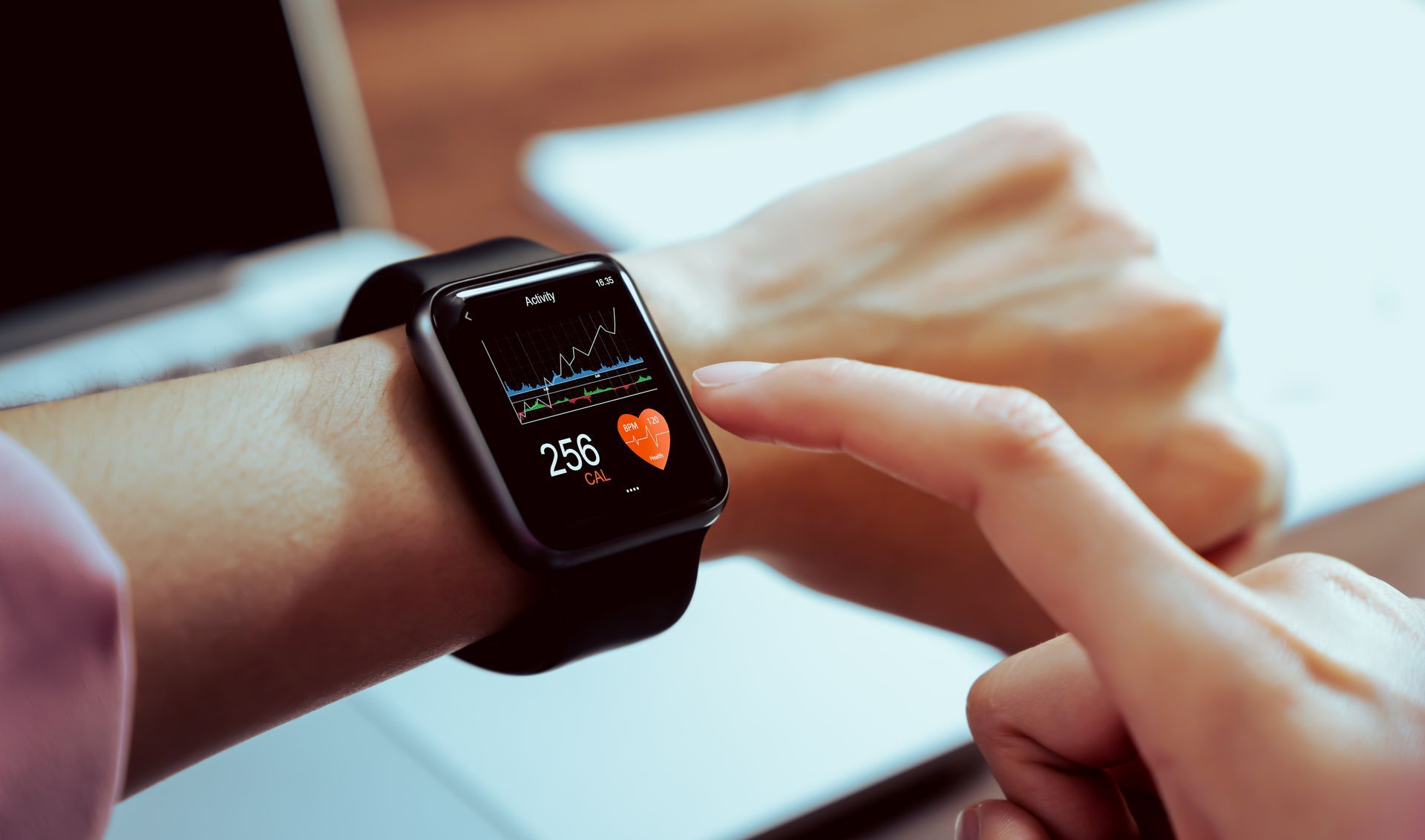AI Freak Out? Let's Reframe the Conversation
I get this a lot.
When I talk about the future of healthcare, people are energized. But when I pivot to AI, the mood shifts. People are "freaking out."
I was speaking on this topic the other day, and a respected physician came up to me and said, “I am so glad I’m retired!”
He’s not wrong to feel that way. The noise is deafening. We’re all being hit from two sides, and it's enough to make anyone feel paralyzed.
The Two Extremes (And Why They're Both Wrong)
On one side, there's the AI Hype.
This is the utopian promise. You’ve seen the vendors. You’ve read the headlines. AI will read every scan instantly, end diagnostic errors, write all our notes, eliminate clinician burnout, and solve our staffing crisis by next quarter. It’s the magic wand we've been waiting for.
On the other side, there's the AI Hysteria.
This is the dystopian warning. AI is a black box trained on biased data. It will amplify systemic inequities. It will replace our best clinicians. Hackers will cripple our systems. And insurance companies are already using it as a weapon to deny care at a scale we’ve never seen before.
No wonder that doctor is glad he’s retired. No wonder we feel paralyzed.
The Sober Reality: AI is a Mirror
Here is the reality.
AI is not magic. It's math. It is a powerful tool. And a tool is only as good as the system we put it into.
Here is the single most important thing I can tell you today: AI does not fix a broken system. It just scales the broken parts faster.
But here’s the part we're missing: AI is a mirror.
It's not inventing bias; it's just exposing the bias that's been in our data for decades.
It's not creating interoperability problems; it's just shining a harsh light on our absurd reliance on the fax machine.
It's not creating new financial barriers; it's just automating the ones that already exist.
This isn't a catastrophe. It's a diagnostic. AI is showing us, with data, exactly where the cracks in our system are. And that is not a reason to be paralyzed. That is a reason to be focused.
A Practical Path Forward
We are leaders, clinicians, technologists, and more. Here is how we move from paralysis to action.
- Start with Problems, Not Platforms. We must have the discipline to reject "shiny object syndrome." The conversation needs to change. Instead of a random sales guy asking, "Do you want to buy an AI platform?" we need to be clear: "Show me how you will reduce my nurse's documentation time by 30%." "Show me how you will get my sepsis patients their antibiotics 15 minutes sooner." We start with the problem, not the tech.
- Govern What You've Got. We must be the ones to audit the data, asking before we buy a tool, "Who is not in your training set?" We must also consider when to keep a human in the loop, empowered to overrule the algorithm, or when it's not necessary.
- Invest in the "Boring" Stuff. AI doesn't work in a vacuum. It needs the boring infrastructure: the broadband in our rural counties, the interoperability between our EHRs. It needs payment models that reward using AI for prevention, not just for billing. And it needs us to design for trust; which means bringing patients, community leaders, and our frontline care teams into the room before we buy the tool.
- Teach How to Use It. We are responsible for creating the next generation of healthcare professionals: the nurses, the PAs, the therapists, the coders, and the physicians. We have a mandate to make AI literacy a core competency. This is not as simple as handing someone a new app. A striking JAMA study highlighted this very gap. It found that AI, used alone, actually outperformed both physicians working alone and physicians who were given the AI tool to help.
What does that tell us? It tells us that this is a complex, learned skill. Simply giving a clinician a powerful AI doesn't guarantee a better outcome. We have to train our teams how to use it, when to trust it, and when to overrule it. They can't just learn to use AI; they must learn to effectively partner with it.
The Bottom Line
The goal of AI is not to be intelligent. The goal is to be useful. The goal is to be safe. The goal is to restore the human connection that technology so often breaks.
The future of healthcare is not about replacing our clinicians with algorithms. It's about augmenting our care teams.
It's about giving them the tools and the time to do what only humans can do: listen, show empathy, and heal.
The future isn’t about intelligence without borders. It’s about building a system that delivers humanity, to everyone, without barriers.
Stay grounded. #StayCrispy
-Dr. Matt




